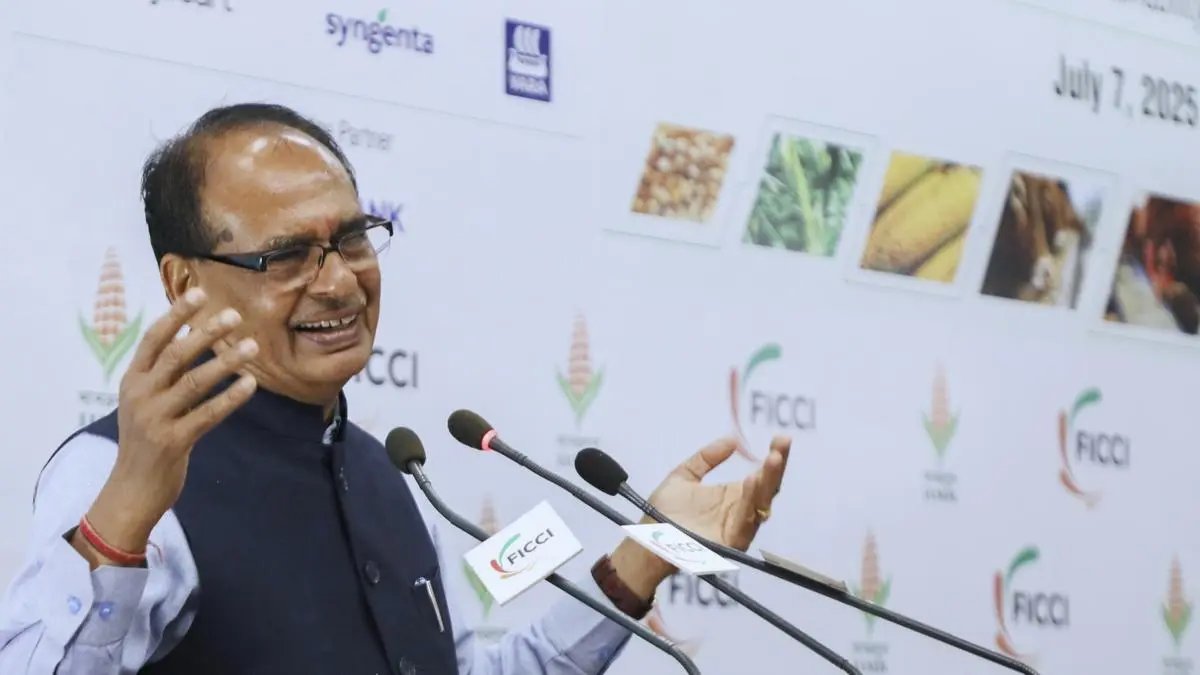Check fake fertiliser production, sales: Shivraj Singh Chouhan to state CMs

Union Agriculture Minister Shivraj Singh Chouhan’s recent directive to Chief Ministers, urging strict action against substandard fertilizers, appears to be a calculated deflection from a more pressing issue: a growing fertilizer shortage across India. While the Minister’s letter frames the problem as one of “fake fertilizers” and “black marketing,” it conspicuously sidesteps the real and mounting complaints from states like Punjab, Telangana, and Rajasthan, all clamoring for increased supplies.
The timing of this communication is particularly telling. On one hand, the government is pushing a narrative of curbing malpractices; on the other, it’s grappling with a significant surge in fertilizer demand. During the April-June quarter of the current fiscal year, sales of key fertilizers—urea, DAP, MOP, and complex—collectively jumped by 12.5 per cent to approximately 121 lakh tonnes. This includes a 10 per cent increase in urea sales and a remarkable 31 per cent rise in complex fertilizers, with MOP more than doubling. This spurt in demand, fuelled by a favourable monsoon, directly contradicts the government’s ongoing campaign to reduce chemical fertilizer use and promote ‘natural’ or ‘organic’ farming.
The core of the problem, however, lies in supply-side management and distribution. While the Minister’s letter stresses the states’ responsibility to ensure “adequate availability of fertilisers at the right places and locations,” it overlooks the central government’s pivotal role in production, import, and overall allocation. States are not merely battling black marketing; they are facing a fundamental lack of sufficient supply.
Evidence of this underlying shortage is abundant. Telangana Chief Minister A. Revanth Reddy recently met with Fertilizers Minister J.P. Nadda, explicitly demanding an uninterrupted supply of urea for July-August. Similarly, Rajasthan Agriculture Minister Kirodi Lal Meena has urged Minister Chouhan for higher supplies, even as he exposed a large-scale fake fertilizer operation. Uttar Pradesh is also implementing measures like monthly caps on farmer purchases, an indicator of strained availability.
The Centre’s narrative of “curbing illegal activities” seems to conveniently overshadow the growing gap between demand and supply. The fact that Fertilizers Minister J.P. Nadda was in Saudi Arabia on July 12, exploring immediate supply possibilities for urea and DAP, further underscores the severity of the shortage. His urgent appeal to Saudi companies to invest in India’s fertilizer sector speaks volumes about the long-term challenges in domestic production and securing international supplies.
In essence, the current fertilizer “shortage” is not merely about counterfeit products or black marketeers. It’s a complex issue exacerbated by surging demand, potentially insufficient central allocation, and a strategic misdirection from the government. While addressing malpractices is crucial, a more proactive and transparent approach to ensuring adequate fertilizer supply is immediately required to support India’s agricultural backbone.
Published on July 13, 2025


